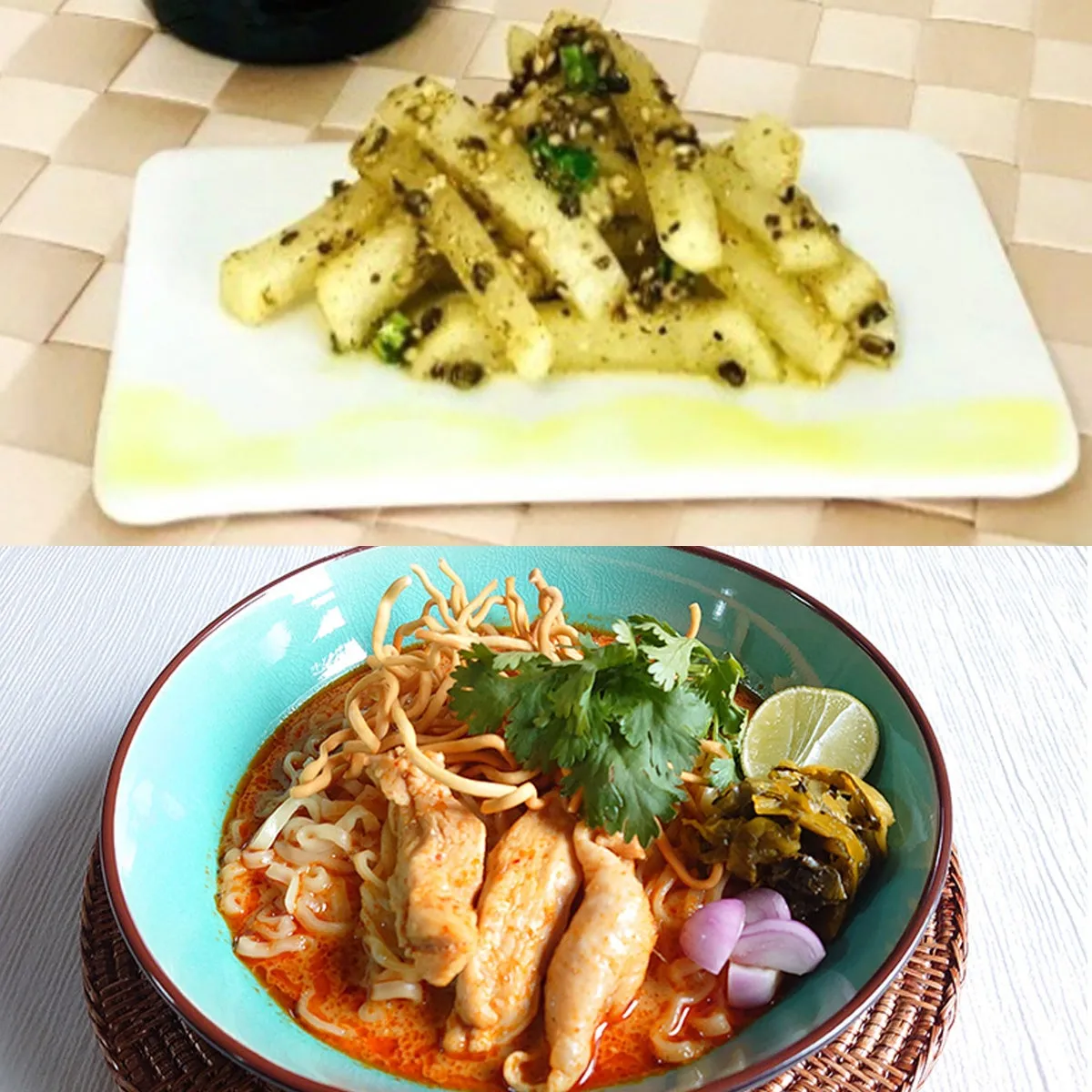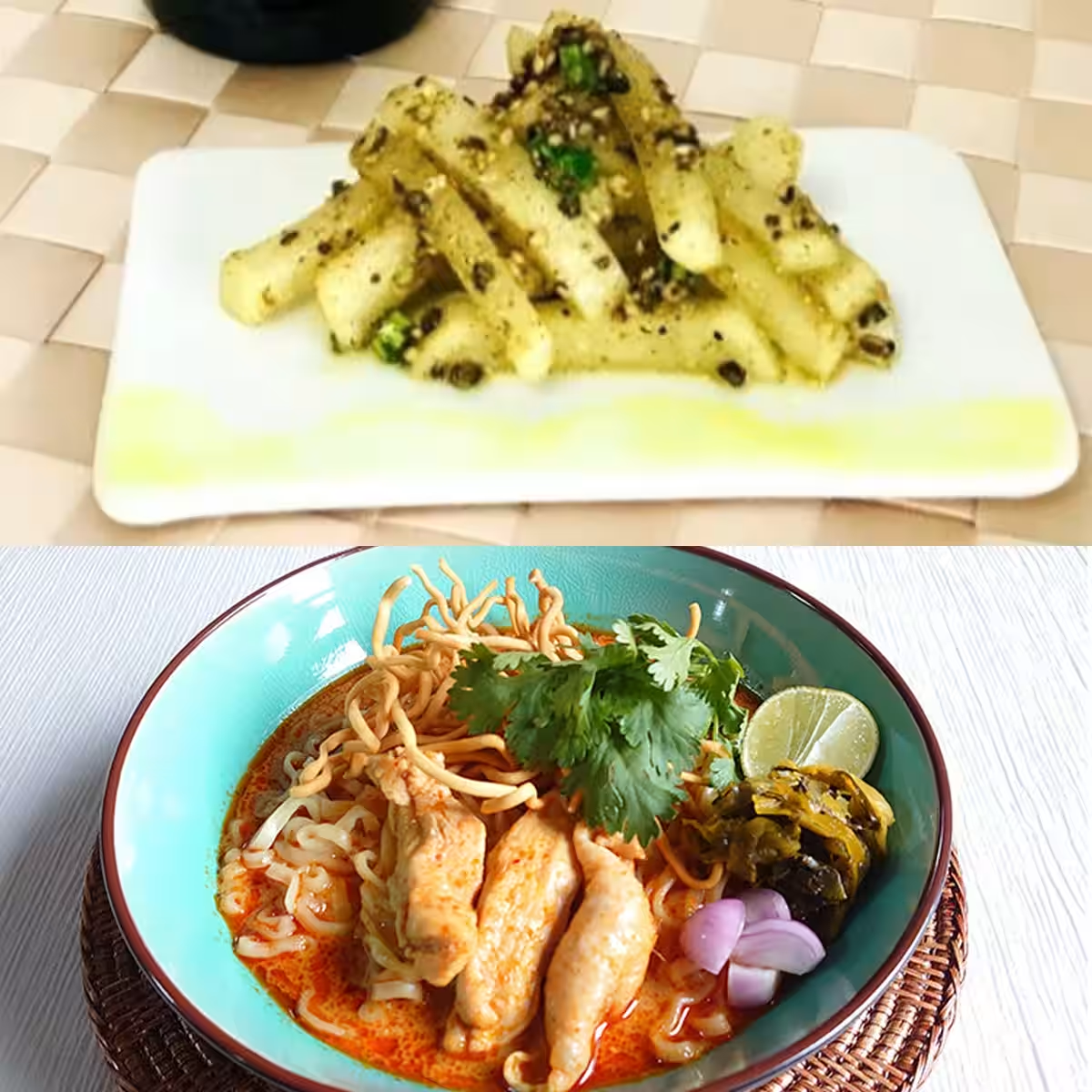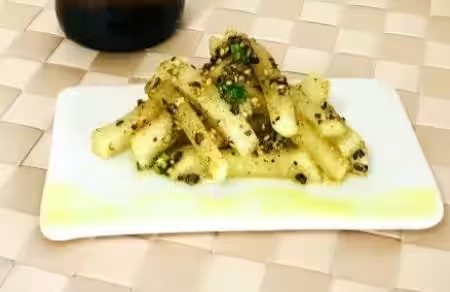

Discover the Summer Trends of Ethnic Cuisine on May 29!
The Upcoming Trends in Ethnic Cuisine for 2025
May 29 marks Ethnic Day in Japan, and to celebrate this event, the Japan Ethnic Association (located in Chiyoda, Tokyo) published its 11th annual ranking of "Must-Try Ethnic Foods for the summer of 2025." With the aim of promoting the rich and diverse world of ethnic cuisine, the rankings highlight exciting culinary trends that will surely capture the attention of food enthusiasts.
The Top 3 Ethnic Foods
The association’s list is headlined by some surprising entrants, particularly in the ever-evolving world of ethnic food. This year, the jointly ranked Achaar and Khao Soi took the top spot, followed closely by Hummus at third place. Additionally, Biryani, which has ranked for the last ten years, has officially been inducted into the hall of fame this year.
1. Achaar (India): A beloved South Asian pickle rich in spices.
2. Khao Soi (Thailand): A popular northern Thai noodle dish offering a delightful mix of textures.
3. Hummus (Middle East)**: A nutritious chickpea paste capturing attention for its health benefits.
Details of the Ranking
Joint Rank 1: Achaar (India)
Achaar is a pickle made from a variety of vegetables and fruits, preserved in vinegar, salt, spices, and oil, popular in South Asia, notably India, Pakistan, Nepal, and Sri Lanka. Like many pickles worldwide, Achaar serves as a staple side dish, enhancing the flavors of meat and fish dishes alike. Each region boasts its unique preparation style; for example, Southern India leans towards a tangy touch using tamarind, while Northern India often uses oil and fermentation methods. Its essential role as a side to curries highlights its significance in Indian homes. Amidst the rise of South Indian curry trends in Japan, more people are experimenting with Achaar at home, indicating its growing popularity.
Joint Rank 1: Khao Soi (Thailand)
Khao Soi stands as a crowd favorite from Chiang Mai, Northern Thailand. This dish, originally introduced by Chinese Muslims, uniquely utilizes chicken given dietary restrictions on pork. The preparation features egg noodles enveloped in a rich red curry-based broth topped with crispy fried noodles, offering a delightful contrast in textures. The creamy coconut milk balances the spicy chili, while various garnishes such as lime, shallots, and pickled cabbage enhance its flavor profile. Its reputation as a tourist attraction has made Khao Soi well-known among Japanese diners, appealing particularly to those new to Thai cuisine thanks to its comforting noodle soup resemblance.
3rd Place: Hummus (Middle East)
Hummus, a favorite in Middle Eastern cuisine, has established itself as a health-conscious staple, particularly in countries like Lebanon and Israel. A blend of chickpeas, tahini, and olive oil, this silky paste is often served as a starter in Middle Eastern dining known as "Meze". In the U.S. and the UK, ready-made hummus has become ubiquitous as a healthy snack option, appealing to gluten-free and vegan diets. Its growing availability in convenience stores and supermarkets in Japan solidifies its status as a staple, showcasing its adaptability to various culinary contexts.
Research Overview
The research period for determining these trends took place from May 12 to May 25, 2025, involving 110 members from the Japan Ethnic Association. This annual survey aims to enhance awareness of ethnic foods and encourages culinary exploration among the Japanese public.
About the Japan Ethnic Association
Founded in October 2014, the Japan Ethnic Association strives to promote the appreciation of ethnic culture and cuisine. Through initiatives that blend traditional Japanese dishes with ethnic influences, the association aims to invigorate local communities and collaborate with businesses. More information can be found on their official website: Japan Ethnic Association.




Topics Consumer Products & Retail)










【About Using Articles】
You can freely use the title and article content by linking to the page where the article is posted.
※ Images cannot be used.
【About Links】
Links are free to use.